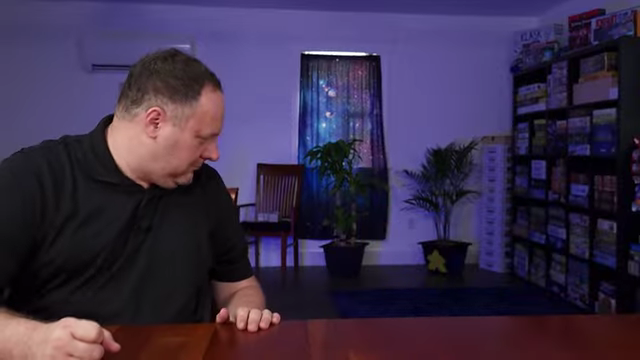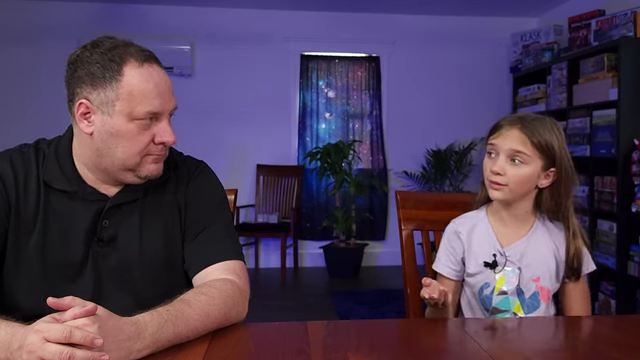

I gave a science lesson with the topic of polarised light, to my friend and his daughter.
It was formally more for the dad, who is
a high school photography teacher, but I would not have done it without her.
I find the topic is cute, interesting. As I put it at the start,
(flourish with the arms) "Polarised light. I got questions. I got answers. Neat."
Don't be thrown by this talk of electromagnetic waves, electrons and photons, circular polarisation.
Most of this was
quite learnable, absorbable. What do you see when you look through polarised sunglasses?
Just before the polarised light, we detoured into chemistry, the previous lesson. Did you do the optional homework assignment? No, we don't even know what it is. The optional assignment was for the father to tell her what heavy water is, which would reinforce isotopes.
I asked a question: Which is heavier, a gallon of water, or a gallon of butane?
A: Water has more weight. Butane is a lighter fluid.
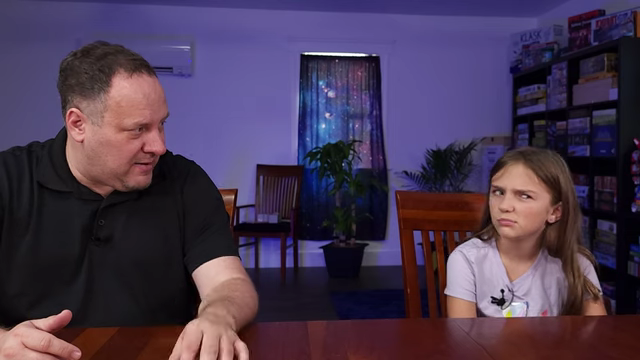
NEW So yes, electron clouds jiggle, perpendicular to the molecular strings, we'll
say horizontal. But if you look up polarised light you will learn that electrons also go, we'll say
vertically, up and down the iodine. These waves get absorbed by the molectular strings (becoming heat?).
I can't say that I understand this.
A big source of polarised light is light bouncing off a flatish surface, typically horizontal. I put a mirror on the floor and looked at it through a polarisation filter. This does not work at all for some reason.
NEW Water and glass are good sources of polarised light. Shiny stuff.
Metal is a bad source of polarised light. Mirrors reflect with a coating of silver or
aluminum (aluminium - but that's for another day).
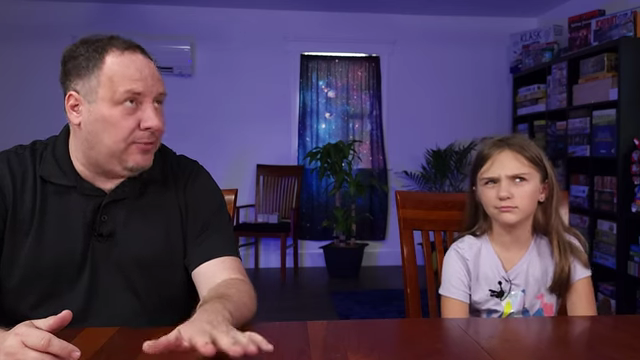
We went through the three polariser experiment. Light cannot get through two filters (polarisers and filters are the same thing), but if you add a third filter in between, some light does get through. How could that be? We went through it, with angles and numbers, to encourage them to believe they can work it out. Polarisers do two things: 1) They filter out some light 2) the outgoing light is polarised in one direction.
In the next quick section I told them they can figure this out with waves, but advised them to avoid
the unneccessary, confusing explanations involving photons. More on that later, Bell's Inequality Theorem.
I learned and taught a bit about circular polarisation. It's about two waves that interfere with each other,
where the new wave is the sum of the original waves. Find a video with animation if you are curious.
Circular polarisation, right circular polarisation, left
circular polarisation, oval polarisation, all depends on how out of phase with each other the two original waves are. One of the
two light waves is delayed. It is retarded. The technology is sometimes called a retarder. Another term for the
technology is waveplate. A 1/4 waveplate has waves that are 1/4 out of phase.
Before the lesson I tried out polarised glasses at the touristy store in Gimli.
I tried putting it over a cell phone and rotating it. It did not go black. Not sure
why, but it may be
this (YouTube short).
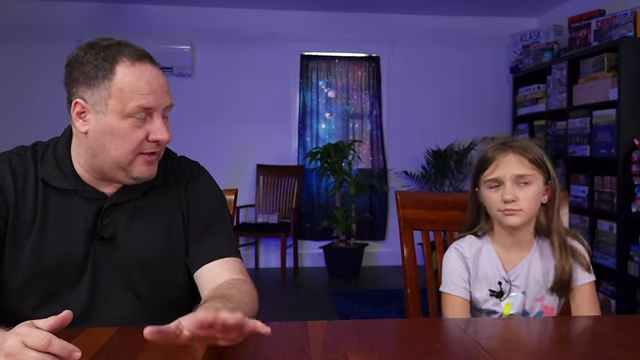
It was fun practising the lesson repeatedly, making it more and more polished. I
would put on the same old Red Letter Media videos, partly to time it. It was
consistently just under an hour.
When I actually did it, people had attention issues. While I used my hands,
partly to illustrate waves and various angles and partly to stimulate, I looked down and saw
the high school student doodling and the high school teacher on his phone. This
happened multiple times. The lesson lasted an hour and 45 minutes.
Iceland spar was added to the lesson. It was barely covered. For one thing I don't understand it. I got them to write down "birefringence" and told about not-thrilled Vikings on a boat going from Iceland to Greenland, using the sun stone to navigate. They could continue on to Vinland, which is Newfoundland, or points south. Not a lot of wine in Newfoundland.
When you look through Iceland spar you see two images, like drunk double vision.
Interestingly, the two images have opposite polarities. Either vertical-horizontal,
or right-left circular polarisation.
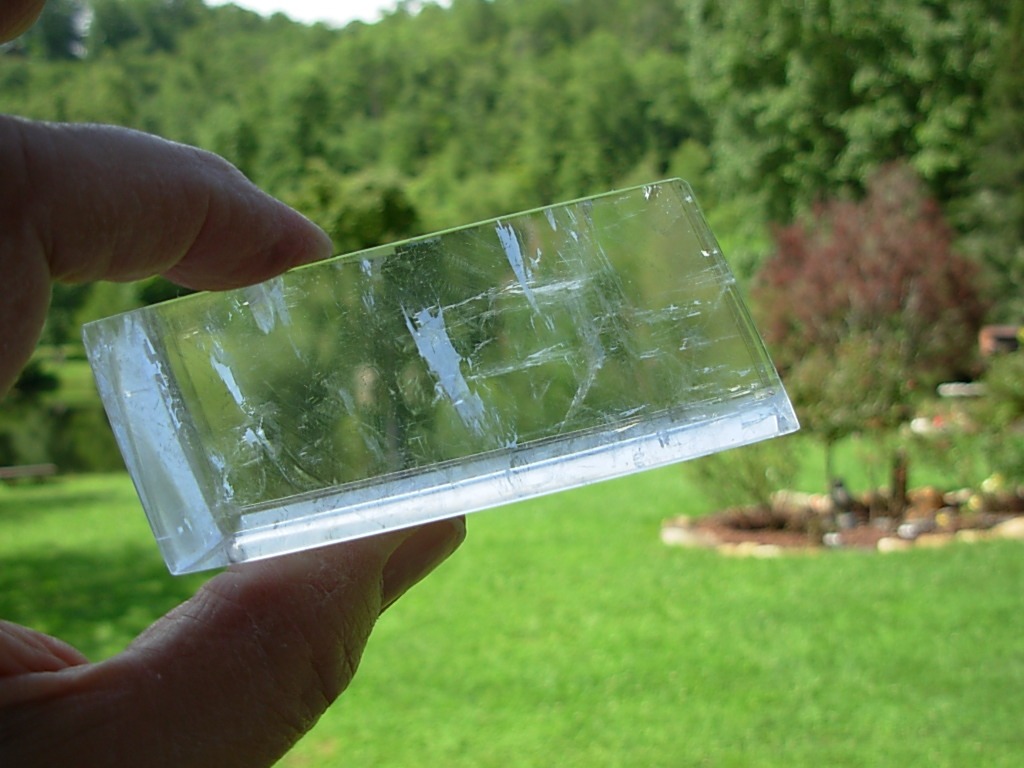
I'm thinking of giving Iceland spar as a Christmas gift. Iceland spar is also known as
sun stone, and also optical calcite. The people
getting it could have their own use for it. Let's just say they could use more science lessons.
Q: Is this crystal used to create entangled particles?
A: Probably not, a bit of a mess. Entangled observables vs. entangled particles. Beta barium borate (BBO) crystals are often used to make entangled photons.
Two photons with opposite spins (because the source is somehow zero spin) come out of the BBO crystal.
Moving beyond the lesson, knowing about polarisation, particularly the three polariser experiment, is useful for
understanding the head-hurting Bell's Inequality Theorem. You may view
this video, but don't strain your brain.
We are likely to explore that later, attempt to nail down the topic.
